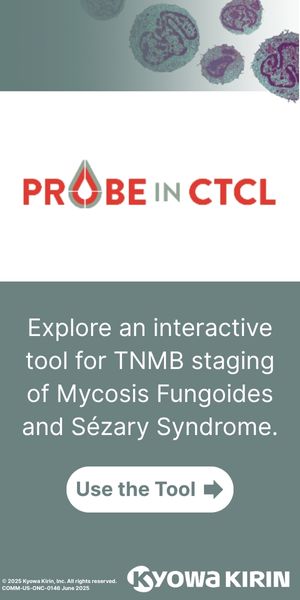Eric Crombez, MD, Chief Medical Officer of Ultragenyx, talks about treating and diagnosing osteogenesis imperfecta patients.
Transcription:
Patients definitely can have a very different path to diagnosis. This disease does have a spectrum of severity, so I would say patients maybe at the more mild end of the spectrum, will have fewer fractures and it will take some time for someone really to notice that these patients really are having more fractures than would be expected. But the average patient and patients who are at the more severe end of the scale, they’re really going to be fracturing with very little activity, very little trauma, so with some of these patients can have fractures that just occur during the nighttime while they’re sleeping, and that’s just from rolling over or twisting, standing up.
With those types of fractures with minimal activity, I think they’re going to really come to the attention of these physicians and work through that differential diagnosis fairly quickly.
You can do molecular testing, it’s available. Certainly, a high suspicion based on clinical signs and symptoms really centered on those fractures, there are other signs and symptoms that can lead you in that direction. But currently today, you would often follow up with molecular testing.
These patients really do have a high unmet medical need. The treatment today really is around bisphosphonates. In the US, that is not an approved treatment, that has not gone through rigorous clinical trial evaluation, has not been evaluated or approved by the FDA, but it is used fairly widely, and then can also see some supplementation with vitamin D, and while bisphosphonates and vitamin D will help protect these patients to some degree, these patients really are still fracturing at a very high rate, so again, really high unmet medical need and really important for us to bring forward this treatment, which really could be the first approved effective treatment for patients with osteogenesis imperfecta.
To learn more about osteogenesis imperfecta, and other rare bone disorders, visit checkrare.com/diseases/musculoskeletal-diseases/

